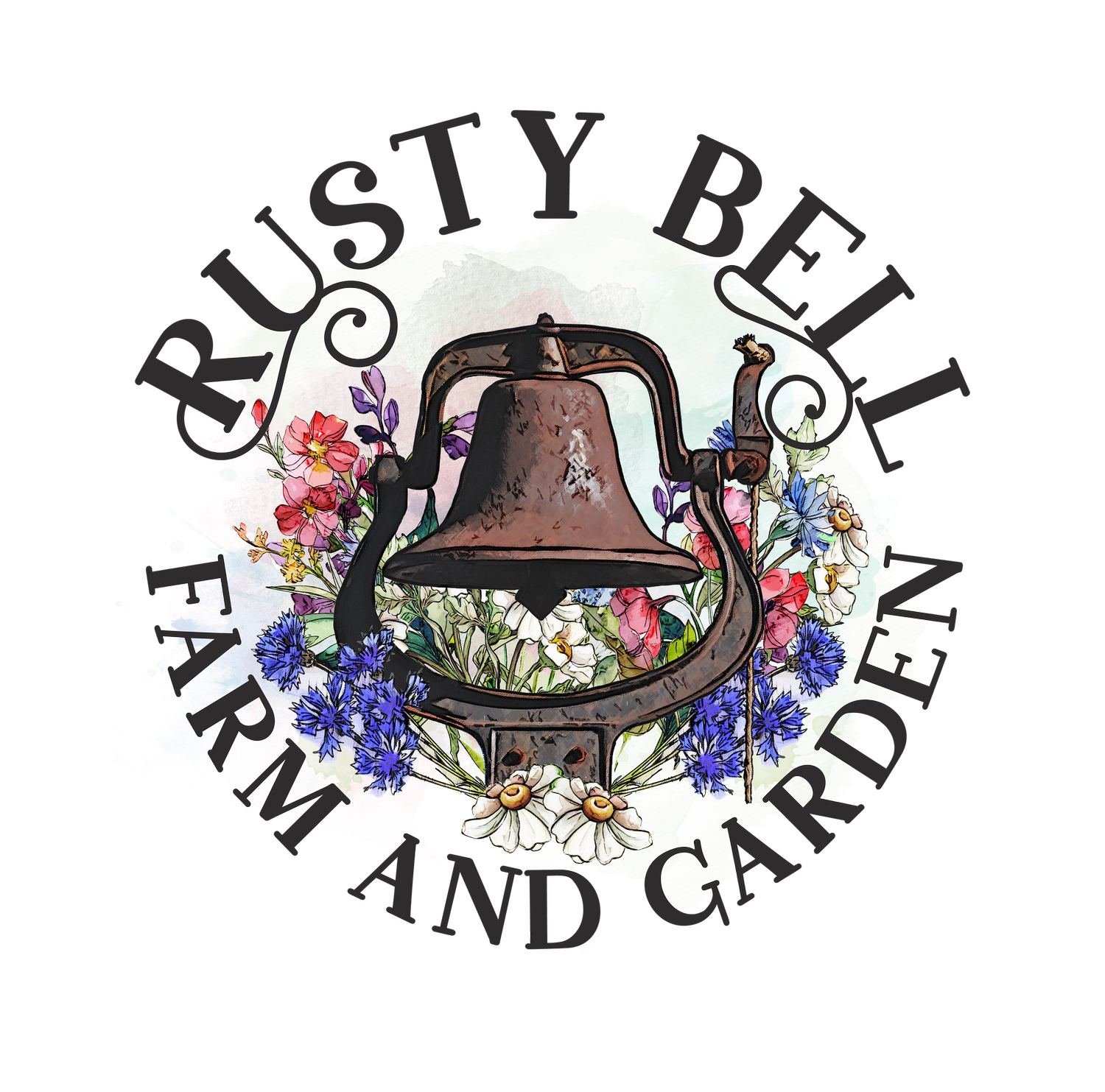Daffodils
What would spring be without daffodils? I can’t imagine!
The cheerful sunny yellow color is commonly seen throughout neighborhoods across the country announcing the arrival of spring in each growing zone.
Daffodils are so common, we often take their beauty for granted never appreciating the wide variety of colors, shapes, and long vase life they offer for cutting and designing.
They are very easy to grow.
The bulbs and plants are toxic to ingest, so rodents and deer are not a threat to your beautiful blooms.
They return year after year with little maintenance.
Digging and dividing the bulbs every five years will keep the stems tall and the blooms large. When they have finished blooming let the leaves collect sunlight to feed the bulb so it can bloom next year.
They are so low maintenance that they can be grown in turf.
It’s beautiful to see patches of daffodils springing up in the middle of neighborhood lawns.
The landscape has such a lovely wild and natural appeal.
Daffodils outside are a welcoming addition to my gardens, but daffodils cut and brought inside are an elegant touch to my home.
The fresh scent fills my kitchen.
The colors and shapes change as each variety blooms in succession through the season.
I can mix them with tulips, Lenten Roses, and blooming branches from cherry trees, redbuds, and pussy willows.
There are many tips I’ve shared to help you keep your spring arrangement looking beautiful for as long as possible.
You can get my free guide HOW TO CARE FOR YOUR FRESH CUT FLOWERS by clicking here.
All of the tips from the free guide will work for daffodils except for trimming the stems.
Daffodils leak a sappy substance when they are cut.
This sap will pollute the water in your vase.
They don’t mind the dirty water, but the other flowers do.
daffodils should only be cut once.
If they are cut every time old water is replaced with fresh water they will leak sap and pollute it again, so do not trim the stems
Problem solved!





